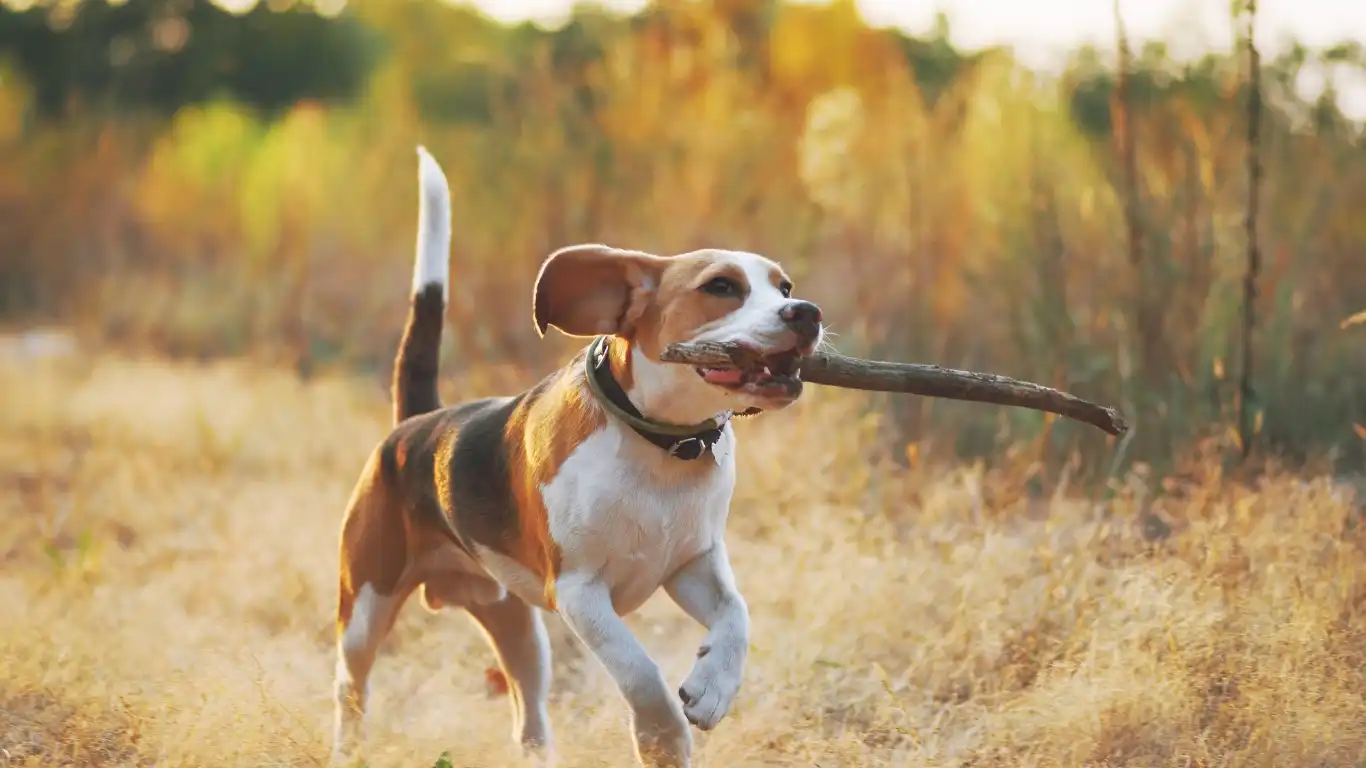Ultimate Guide: How to Safely Travel with a Dog in Hot Weather
If you’ve ever tried traveling with your dog during the blazing heat of summer, you know it can quickly turn into a stressful experience — for both you and your furry friend. As a Veterinary Technician with a focus on nutrition, I’ve seen firsthand how hot weather can put pets at serious risk if precautions aren’t taken. How to safely travel with a dog in hot weather isn’t just about comfort; it’s a matter of health and sometimes even life or death. Whether you’re heading out on a road trip, visiting family, or just taking your dog for an afternoon adventure, a little preparation goes a long way in keeping your pup safe and happy under the sun.
Understanding the Risks of Hot Weather Travel for Dogs

Dogs don’t sweat the way humans do. Instead, they regulate heat mainly through panting and limited sweating through their paws. This means they can quickly overheat if left in a hot environment, especially during travel. I remember working with a client whose dog suffered a mild heatstroke simply because the car windows were only slightly cracked. It’s easy to underestimate how fast temperatures can rise inside a vehicle or even during a long walk in the sun.
Here are some of the most common dangers your dog faces when traveling in hot weather:
- Heatstroke: A severe rise in body temperature that can cause organ damage.
- Dehydration: Loss of essential fluids that leads to weakness and confusion.
- Burned paws: Hot pavement can literally burn your dog’s feet.
- Respiratory distress: Breeds with flat faces (like Bulldogs or Pugs) are especially vulnerable.
How to Safely Travel with a Dog in Hot Weather: Essential Tips

1. Plan Your Travel Times Wisely
One of the easiest ways to protect your dog is to avoid traveling during peak heat hours, usually between 10 AM and 4 PM. Early mornings or late evenings tend to have cooler temperatures, making it safer and more comfortable for your pup. I always suggest to clients: if you can, schedule stops during these cooler parts of the day and keep outdoor breaks short.
2. Keep Your Dog Hydrated at All Times
Water is your dog’s best friend on a hot day. Before you hit the road, pack a travel water bowl and plenty of fresh water. Dogs can get dehydrated faster than you think, especially when they’re active or nervous during travel. In my experience, having water easily accessible reduces the risk of heat-related issues significantly.
3. Use Proper Ventilation and Cooling Methods in Vehicles
Never leave your dog unattended in a parked car, even if the windows are cracked. Cars can reach dangerously high temperatures in minutes. During the drive, ensure your pet has good airflow — use air conditioning or open windows slightly if it’s safe. You might want to bring a cooling mat or damp towel for your dog to lie on, which I’ve found to be very effective in keeping body temperature down.
Continuing Tips on How to Safely Travel with a Dog in Hot Weather

4. Dress Your Dog for the Heat
It might sound funny to “dress” your dog, but lightweight cooling vests or bandanas soaked in cold water can make a real difference on hot days. I once recommended a cooling vest to a client with a senior dog prone to overheating, and the improvement was noticeable immediately during their summer hikes. These products work by reflecting heat and helping evaporate sweat, which aids in cooling your pup naturally.
5. Know the Signs of Heat Stress and Heatstroke
As someone who’s worked closely with pets, spotting early signs of heat-related illness is crucial. Dogs often show subtle symptoms before things get serious. Watch for:
- Excessive panting or drooling
- Weakness or lethargy
- Red or pale gums
- Dizziness or unsteady walking
- Vomiting or diarrhea
If you notice any of these, act fast. Move your dog to a cooler spot, offer water, and dampen their body with cool (not cold) water. Avoid ice or freezing water as this can cause shock. In extreme cases, seek veterinary care immediately — heatstroke can be fatal if untreated.
Choosing the Right Travel Gear for Hot Weather

6. Use Safe Restraints and Comfortable Carriers
Safety first! When traveling by car, I always recommend using a dog-specific seatbelt harness or a well-ventilated crate secured in the back seat. This protects your dog in case of sudden stops and prevents them from roaming around the vehicle, which can cause distraction or injury. Plus, it’s way cooler to have a designated comfy spot rather than having your pup trapped in the heat of the front seat or on the floor.
7. Pack a Hot-Weather Travel Kit for Your Dog
From my years in veterinary nutrition and care, I’ve learned that being prepared can save a lot of headaches. Here’s a quick checklist for your hot weather travel kit:
- Fresh water and collapsible bowls
- Cooling vest or bandana
- Portable fan or cooling mat
- Dog-safe sunscreen (yes, some dogs need it!)
- Towels for wiping sweat or drying off
- Favorite toys or treats for comfort
- First aid supplies for emergencies
Taking Breaks and Choosing Dog-Friendly Stops

8. Frequent, Shaded Rest Stops Are a Must
During longer trips, regular breaks are non-negotiable. I always tell pet parents to plan stops every 1.5 to 2 hours where dogs can stretch, hydrate, and cool down in shaded areas. Remember, just because your dog seems eager to keep going doesn’t mean their body can handle it. Overexertion in hot weather sneaks up fast.
9. Avoid Hot Surfaces During Walks
One thing many people overlook is the temperature of the ground. Asphalt and concrete can get blisteringly hot and seriously burn your dog’s paws. A quick test: press the back of your hand on the surface for seven seconds — if it’s too hot for you, it’s too hot for your dog. When in doubt, stick to grassy or shaded trails or carry your dog if they’re small enough.
Final Tips for How to Safely Travel with a Dog in Hot Weather

10. Keep Your Dog’s Nutrition in Mind
Nutrition plays a huge role in your dog’s ability to handle heat. In my years as a Veterinary Technician specializing in nutrition, I’ve noticed that dogs on well-balanced diets tend to maintain better hydration and energy levels, which helps them cope with stressors like heat. Feeding smaller, lighter meals before travel can help avoid digestive upset and prevent excess body heat from digestion. Also, some dogs benefit from supplements that support hydration and joint health during travel, especially if they’re older or have special needs. Always chat with your vet before adding anything new to your pup’s diet.
11. Recognize When It’s Time to Call It Quits
Sometimes, the best decision is to simply postpone or rethink your travel plans. If the weather forecast is extremely hot or your dog has health conditions like heart disease, respiratory issues, or is a brachycephalic breed (think Bulldogs, Pugs, Boxers), extra caution is necessary. I’ve seen too many cases where pushing through a hot weather trip ended in emergency vet visits. Your dog’s safety always comes first — there’s no shame in choosing a cooler day or finding alternatives.
Emergency Preparedness: What to Do If Your Dog Shows Signs of Heatstroke

Heatstroke can escalate quickly, so knowing what to do can save your dog’s life. If you notice severe panting, drooling, confusion, vomiting, or collapse, act immediately:
- Move your dog to a shaded, cool area.
- Offer small amounts of cool water frequently.
- Apply cool (not icy) wet towels to their neck, chest, and paws.
- Use a fan to help with evaporation cooling.
- Contact your veterinarian or emergency animal hospital right away.
Do not give any medications or try to force your dog to drink large amounts of water quickly, as this can cause complications. Trust me — when I’ve assisted vets during heat emergencies, time and calm action are everything.
Wrapping Up: Being a Responsible Pet Parent on Hot Weather Trips
Traveling with your dog in hot weather can be a wonderful experience when you plan thoughtfully and prioritize your pet’s well-being. From choosing the right travel times and gear to recognizing the signs of distress and knowing when to seek help, every step matters. My experience in veterinary care and nutrition has taught me that being proactive, informed, and attentive is the best way to make sure your dog enjoys the journey as much as you do — safely and comfortably.
For more detailed advice on pet health and safety, trusted resources like the American Veterinary Medical Association and the American Society for the Prevention of Cruelty to Animals offer great guides.
Disclaimer
This article is for informational purposes only and does not replace professional veterinary advice. Always consult your veterinarian before making decisions about your pet’s health or travel plans, especially if your dog has existing medical conditions or special needs.





